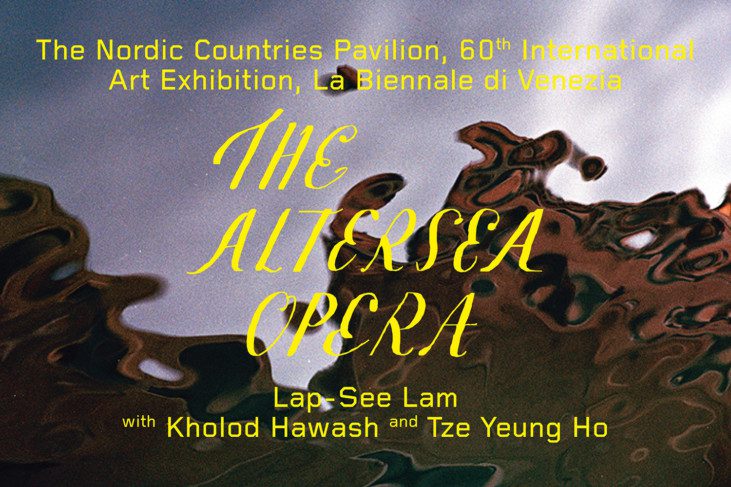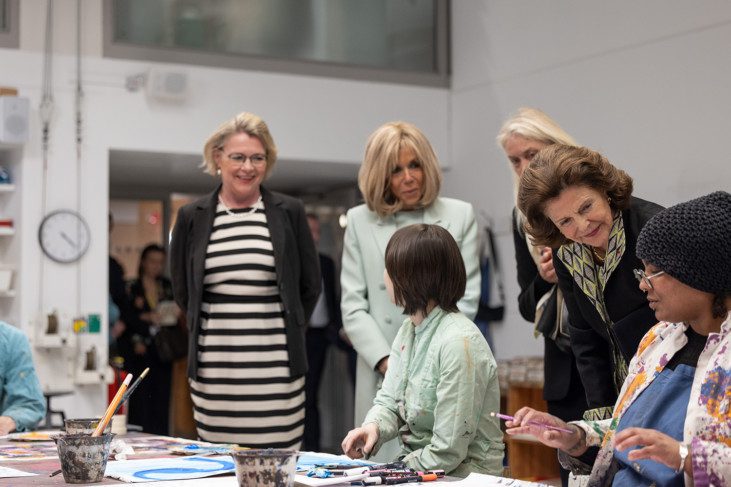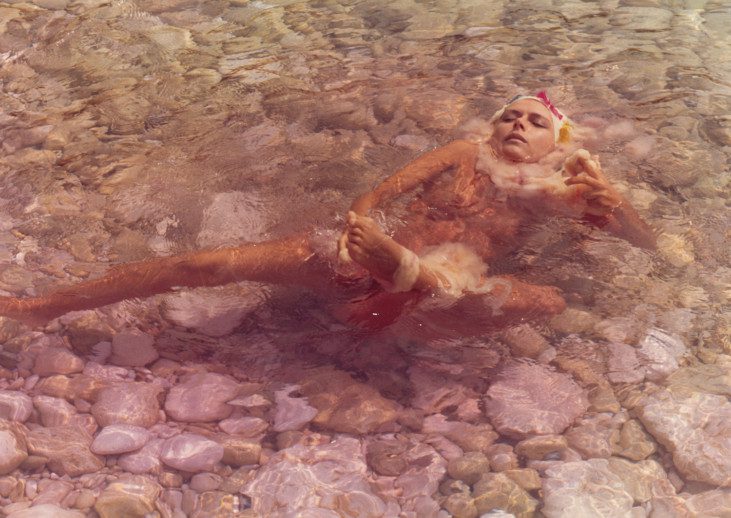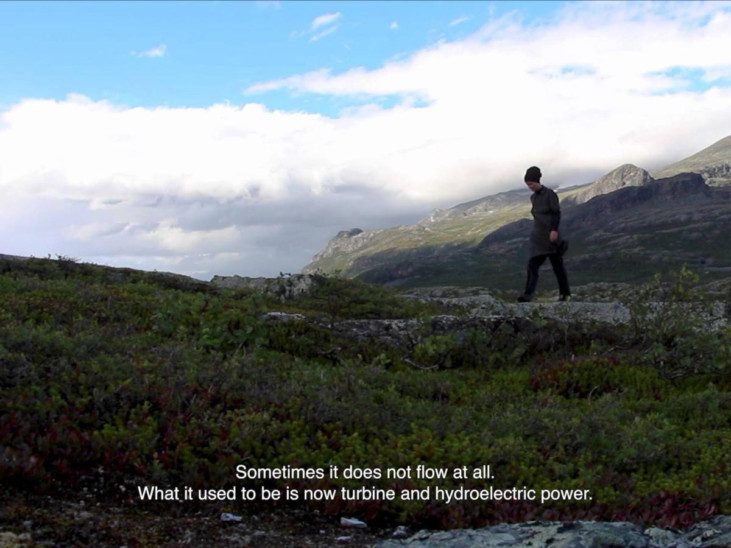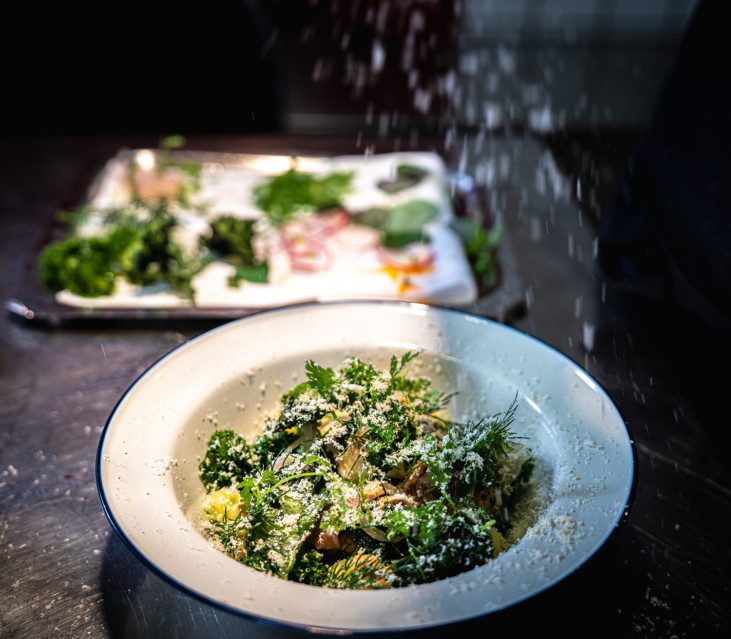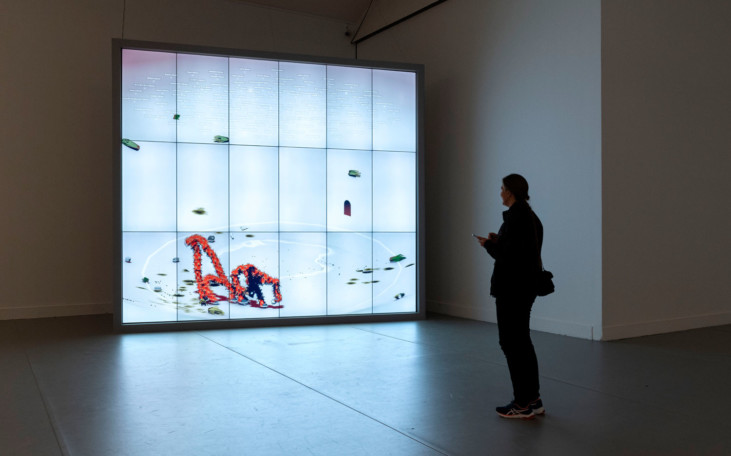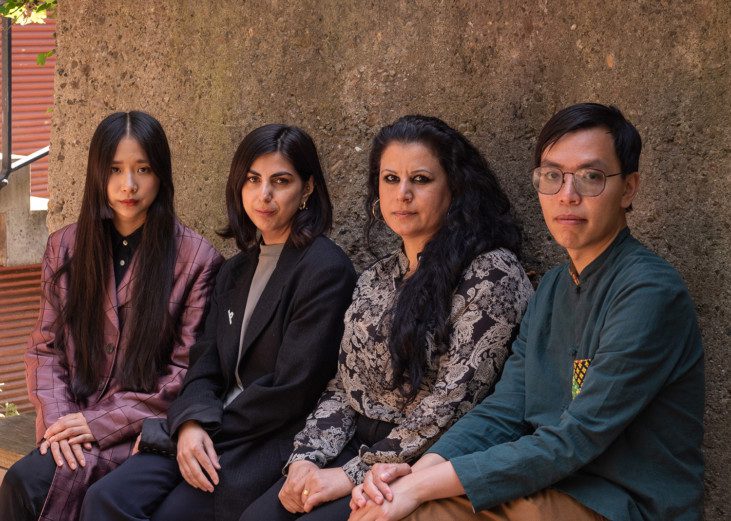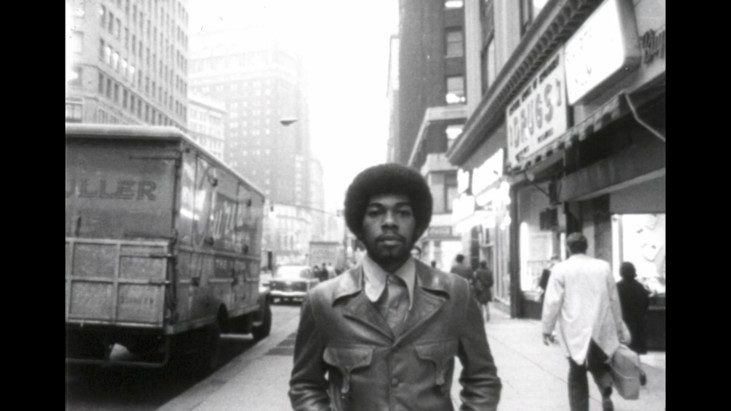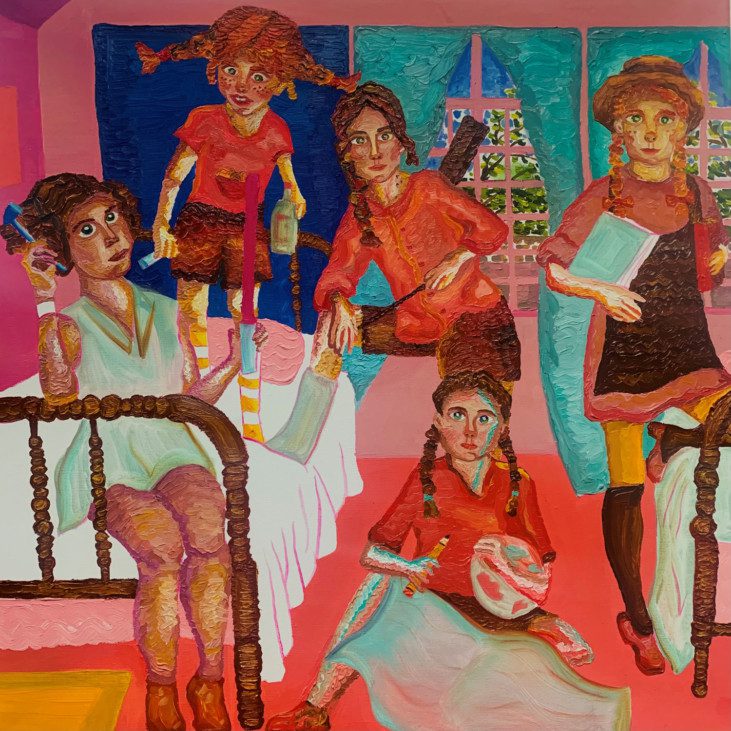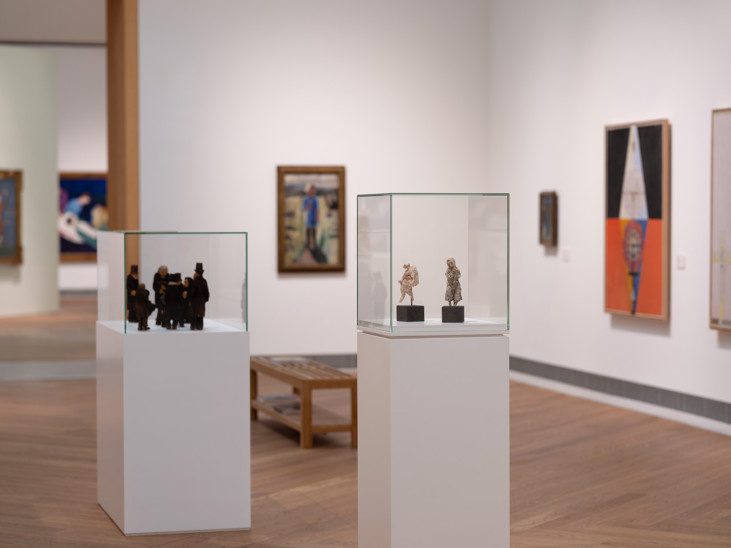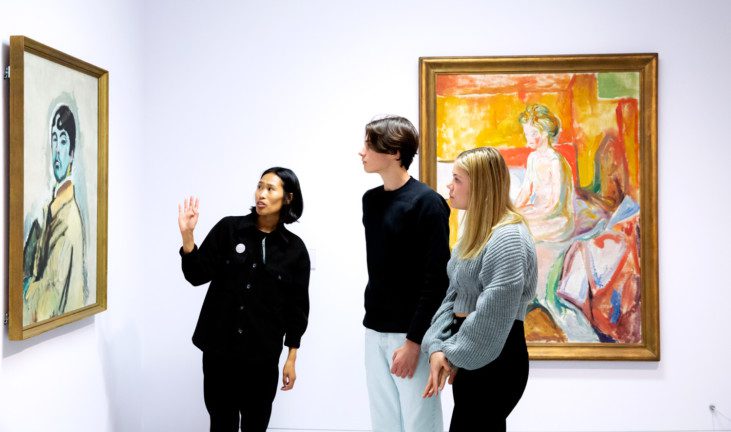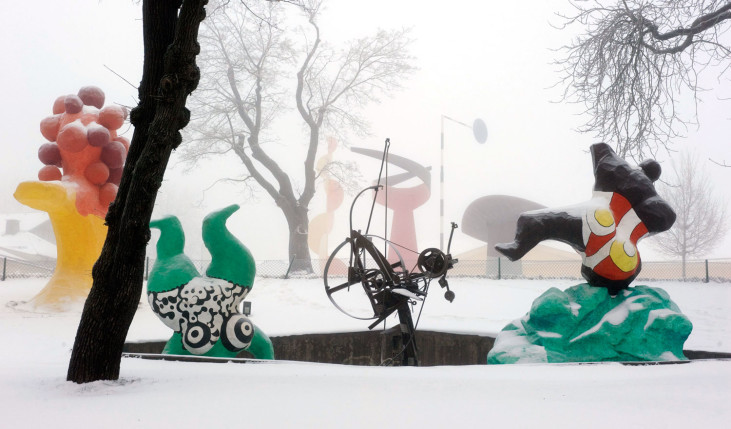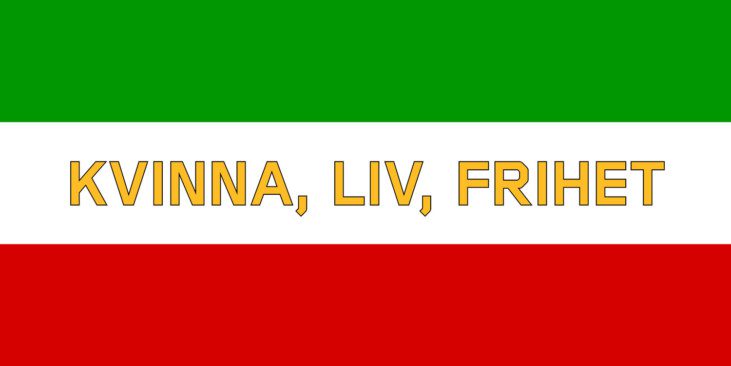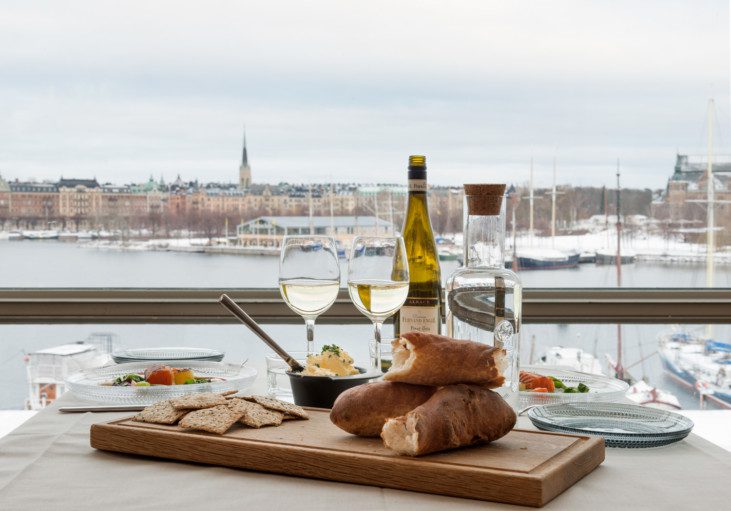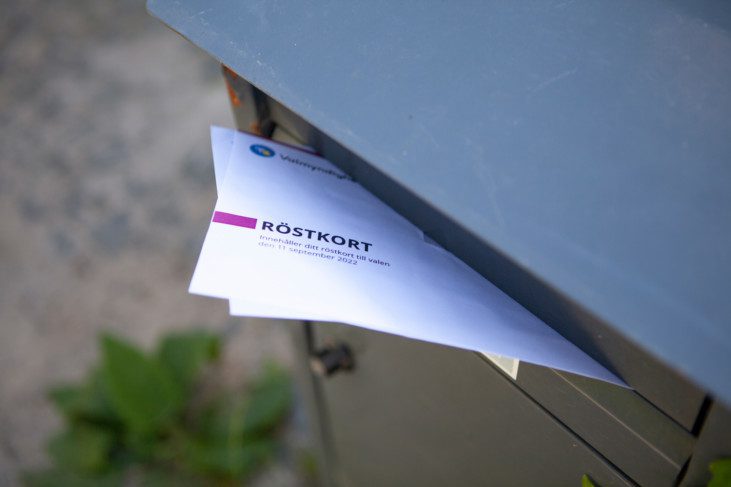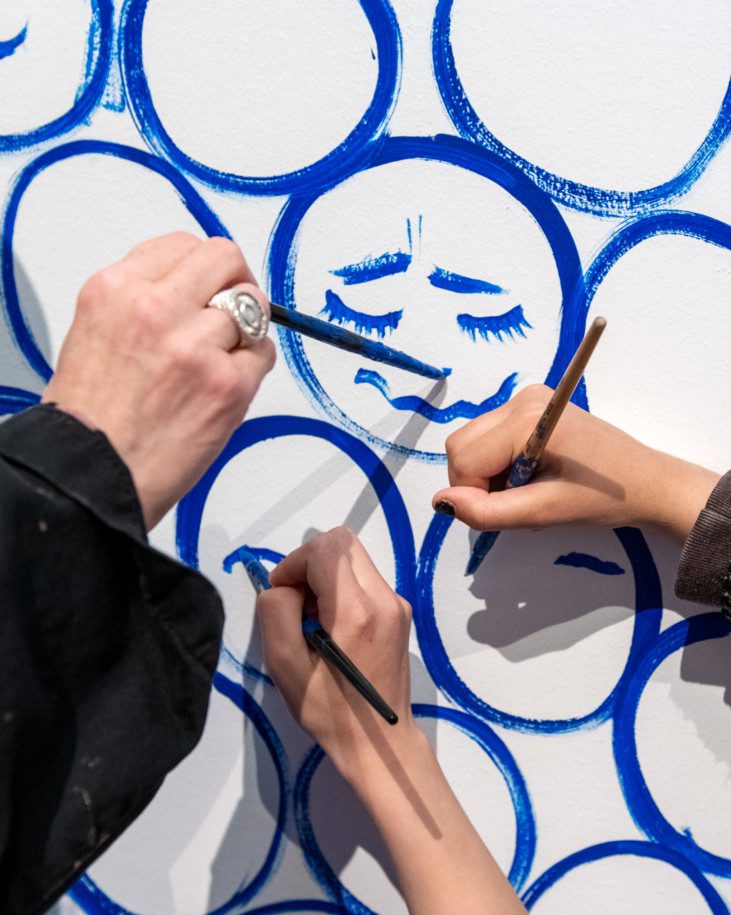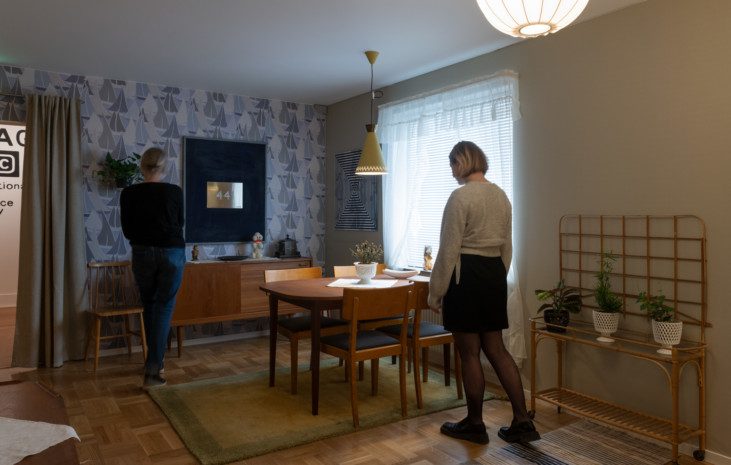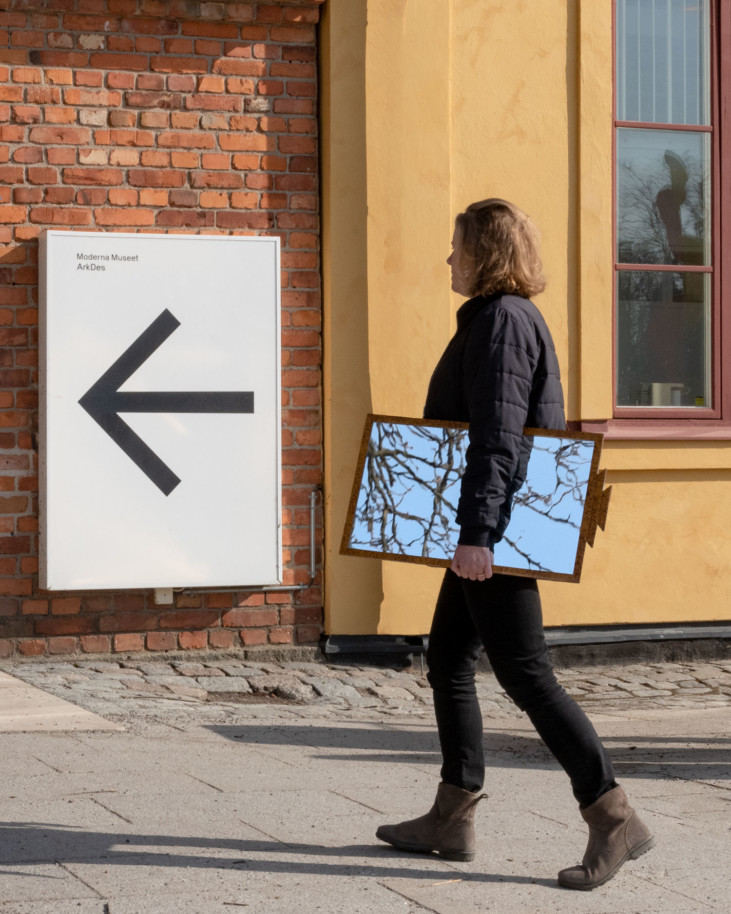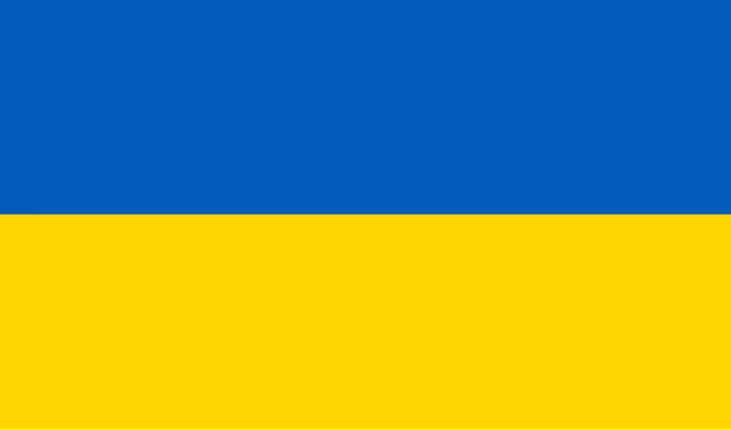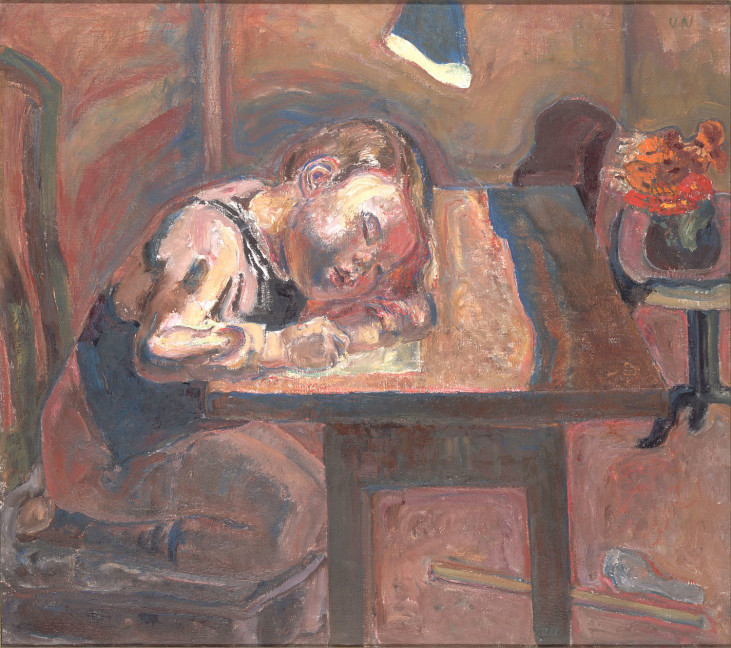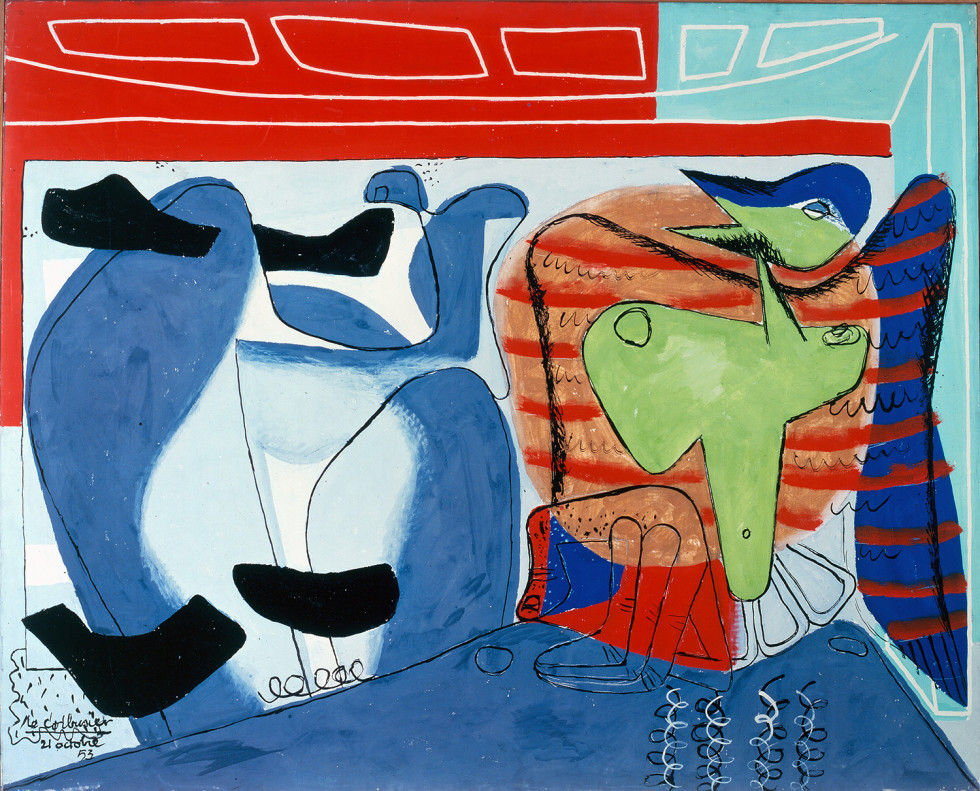
Le Corbusier, I was dreaming (first version), 1953 © Le Corbusier / Bildupphovsrätt 2013
28.10 2015
Building bridges between the arts
Film, design, music, literature, architecture, painting, sculpture, photography… At Moderna Museet we build bridges between the arts. It is often more exciting to visualise the dialogue between visual art and other disciplines than to regard visual art in isolation. Yes, comparisons with film, literature and philosophy are often entirely necessary in order to understand the visual art of a period. This is obviously the case with surrealism, not to mention pop art and postmodernism. Things are interlinked. Sometimes, a painting opens up a whole universe, but it still remains one facet of a larger cultural context.
This is an established practice at our museum, and in recent years we have initiated several exhibitions and projects with a strong emphasis on how the arts interlock. Last summer, the Bucky Dome in the garden evolved into an experimental venue for music and performance. Many of the events invited audience participation, thus blurring the boundary between artist and audience.
Some of this year’s major exhibitions build similar bridges: Le Corbusier was inspired by shells and other finds from the beach. He drew, painted, created sculptures, buildings, neighbourhoods, yes, whole cities. The exhibition last spring about the great architect’s secret laboratory demonstrated how shapes can migrate between different materials and techniques: the organic morphology of a shell reappears in images, wood sculptures and architectonic elements. Le Corbusier, one of the seminal and most controversial figures of modernism, was also one of the most overly ambitious universal artists of the previous century.
This summer’s main event, Pop Art Design, presents other ways of crossing the boundaries between disciplines. Today, it is evident that pop art was one the most influential post-war art movements, and its images continue to inform our understanding of cultural identity. Those who became known as pop artists found their subject matter in everyday life, in Hollywood imagery, in the mass media, in advertising, symbols and logotypes created by designers. The imagery and strategies of pop art, in turn, served as inspiration for many designers. Pop Art Design explores the dialogue that arose between visual art and applied arts, between sculpture, painting, photography and design. It features works spanning from the early 1950s to the beginning of the 1970s, including some of the world’s most famous art and design from this period.
Moderna Museet has one of finest international collections of pop art. We are convinced that we can show these works – so familiar to the Stockholm audience – in a richer light, by generating a new dialogue with a world of objects with a practical purpose: furniture, lamps, telephones. Similar links between utility objects and art are created by the artists Tobias Rehberger and Rivane Neuenschwander, who will be on view in the museum’s foyer this summer. Rehberger creates pieces that are both utility objects and sculptures. A few years ago, he designed the cafe at the Venice Biennale: to him, it was a large sculpture in which visitors could sit and drink their coffee; to others it was an unusually bewildering interior. For Moderna Museet he has designed a large number of new lights, which, for some time, will transform the appearance of our entrance area. Together with a group of students from the Nyckelviksskolan art school, Neuenschwander has produced furniture inspired by Swedish vernacular styles. We will soon be saying goodbye to our old espresso bar, to welcome these Swedish-Brazilian hybrid objects, which we hope will be fun to look at and comfortable to sit on.
One of this autumn’s projects concerns another encounter, that of literature and art. Moderna Museet is currently participating in the creation of a totally new literature festival, bringing together writers from all over the world for a lively weekend where they will present their work in dialogue with the art on display in the exhibition rooms. Word and image, language and object. Yes, at Moderna Museet we build bridges between the arts.
Published 28 October 2015 · Updated 10 November 2015

